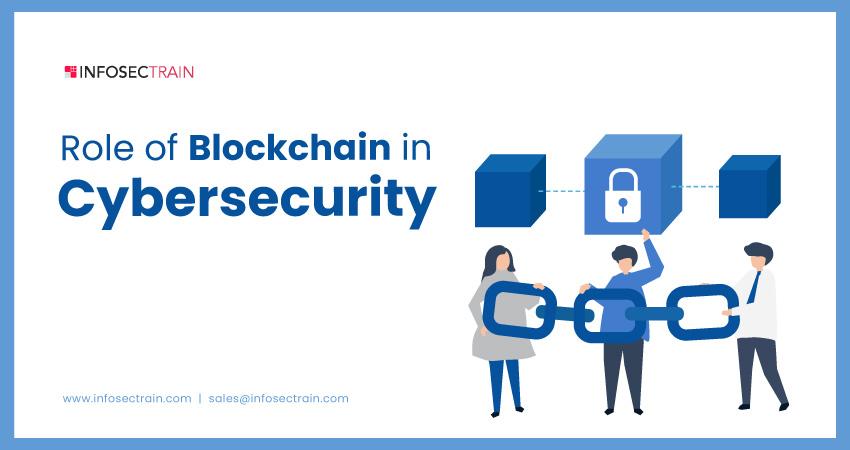What Are Nitrification Inhibitors
Nitrification inhibitors refer to chemical substances that can inhibit the biotransformation process of ammonium nitrogen into nitrate nitrogen (NCT). Nitrification inhibitors reduce the loss of nitrogen fertilizer in the form of nitrate nitrogen and the impact on the ecological environment by reducing the formation and accumulation of nitrate nitrogen in the soil.
Some research results show that although nitrification inhibitors are beneficial to reduce nitrogen leaching loss and greenhouse gas (nitrogen oxide) emissions, under certain conditions, they have a positive effect on improving fertilizer efficiency. However, nitrification inhibitors have not been widely used due to factors such as process, cost, and their own impact on the environment. It is necessary to find some nitrification inhibitors that have a good nitrification effect without polluting the environment.
They can selectively inhibit the activity of nitrifying bacteria in the soil, thereby retarding the reaction rate of the conversion of ammonium nitrogen into nitrate nitrogen in the soil. Ammonium nitrogen can be adsorbed by soil colloids and is not easily lost, but under the condition of soil aeration, ammonium nitrogen can be converted into nitrate nitrogen under the action of microorganisms, and this process is called nitrification.
The speed of the reaction depends on soil moisture and temperature. When the temperature is lower than 10°C, the nitration reaction speed is very slow; when the temperature is above 20°C, the reaction speed is very fast. Except for some crops such as rice, which can directly absorb ammonium nitrogen under irrigation conditions, most crops absorb nitrate nitrogen. However, nitrate nitrogen is easily lost in the soil. The rational use of nitrification inhibitors to control the nitrification reaction speed can reduce the loss of nitrogen and improve the utilization rate of nitrogen fertilizer. Usually, nitrification inhibitors are mixed with nitrogen fertilizer before application.
In addition to reducing nitrogen fertilizer loss, improving nitrogen fertilizer utilization, and increasing yield, nitrification inhibitors can also reduce nitrite content in crops, improve crop quality, and reduce soil, groundwater, and environmental pollution when fertilization is too high. However, in some cases, the effect of nitrification inhibitors on crop yield is not stable enough.
View more:
https://www.globalchemmall.com/nitrification-inhibitorsWhat Are Nitrification Inhibitors
Nitrification inhibitors refer to chemical substances that can inhibit the biotransformation process of ammonium nitrogen into nitrate nitrogen (NCT). Nitrification inhibitors reduce the loss of nitrogen fertilizer in the form of nitrate nitrogen and the impact on the ecological environment by reducing the formation and accumulation of nitrate nitrogen in the soil.
Some research results show that although nitrification inhibitors are beneficial to reduce nitrogen leaching loss and greenhouse gas (nitrogen oxide) emissions, under certain conditions, they have a positive effect on improving fertilizer efficiency. However, nitrification inhibitors have not been widely used due to factors such as process, cost, and their own impact on the environment. It is necessary to find some nitrification inhibitors that have a good nitrification effect without polluting the environment.
They can selectively inhibit the activity of nitrifying bacteria in the soil, thereby retarding the reaction rate of the conversion of ammonium nitrogen into nitrate nitrogen in the soil. Ammonium nitrogen can be adsorbed by soil colloids and is not easily lost, but under the condition of soil aeration, ammonium nitrogen can be converted into nitrate nitrogen under the action of microorganisms, and this process is called nitrification.
The speed of the reaction depends on soil moisture and temperature. When the temperature is lower than 10°C, the nitration reaction speed is very slow; when the temperature is above 20°C, the reaction speed is very fast. Except for some crops such as rice, which can directly absorb ammonium nitrogen under irrigation conditions, most crops absorb nitrate nitrogen. However, nitrate nitrogen is easily lost in the soil. The rational use of nitrification inhibitors to control the nitrification reaction speed can reduce the loss of nitrogen and improve the utilization rate of nitrogen fertilizer. Usually, nitrification inhibitors are mixed with nitrogen fertilizer before application.
In addition to reducing nitrogen fertilizer loss, improving nitrogen fertilizer utilization, and increasing yield, nitrification inhibitors can also reduce nitrite content in crops, improve crop quality, and reduce soil, groundwater, and environmental pollution when fertilization is too high. However, in some cases, the effect of nitrification inhibitors on crop yield is not stable enough.
View more: https://www.globalchemmall.com/nitrification-inhibitors







